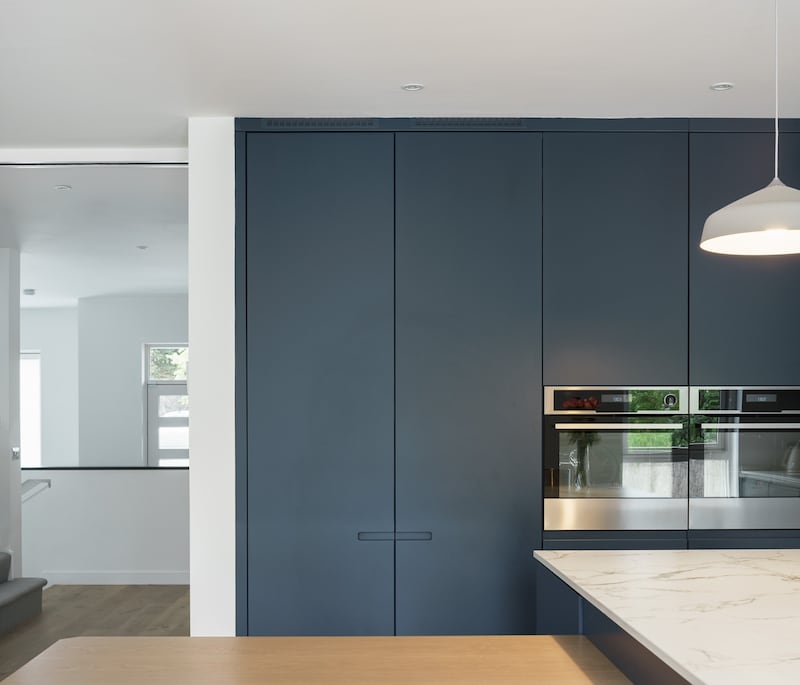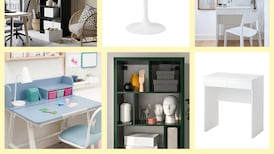Like many industries, construction has been affected by some of the worst supply-chain issues in recent history. Coupled with pent-up demand for home renovation, extension and improvement projects, this has created a challenging environment. Kitchen renovations remain one of the most popular home improvements. Yet, delays and disruption have become the norm regardless of the project size. I chatted with kitchen designer Ed Rhatigan to get his tips for coping with longer lead times and delays.
Order your appliances early
In almost every aspect of a building project, there are unusually long lead times right now. “We’re finding in particular that there are significant supply chain issues with appliances,” says Rhatigan.
The appliance you have spent time researching may not be in stock when you place the order. “You could be looking at 16-20 weeks’ lead time on some appliances,” warns Rhatigan. Most kitchen renovations can’t accommodate that kind of lead time. Even on a large building project with a 12-month programme, you will need to order five to six months in advance. You might even need to order your appliances long before the project starts on site.
READ MORE
It’s frustrating when you’ve put a lot of time and effort into researching something only to discover that the lead time is unrealistic for your project. Check with suppliers to get an idea of lead times and availability. And once you’ve decided on what you want, place your order as early as possible.

How to navigate price increases
Not only will early ordering secure delivery, it will help combat price increases. “We’re seeing price increases all the time. Some of the brands are introducing a 5 per cent increase this month,” says Rhatigan.
Lean on your supplier
Your kitchen designer or supplier will have the most up-to-date lead times and pricing information. “We get weekly reports about what’s coming into stock, what’s not going to be available, product lines that are going to be discontinued and pricing updates,” says Rhatigan. This real-time information means your kitchen supplier is best placed to advise you and suggest alternatives if necessary.
Most suppliers have adjusted their offering to accommodate supply issues by removing items they can’t readily source. “Anything we can’t get, we’ve taken it off the table,” says Ratigan. “There’s no point offering a customer something they can’t have.” When visiting kitchen showrooms, always ask if what you are looking at is available. Don’t be disheartened if you can’t get exactly what you want, as there are lots of alternatives.
Plan for delays
Unfortunately, even if you are organised and have ordered everything, you might still encounter delays. Building projects are experiencing delays outside everyone’s control right now. Roofing components, windows and other materials needed to make a home watertight have been hard to get in recent months. If the house can’t be properly weather-sealed, the kitchen can’t be fitted.
With timelines on many jobs severely affected over the past few months, people had tried to adjust and build in an additional month to accommodate longer timelines. Order everything you can to get ahead of the long lead times and speak to suppliers to see if they can hold stock for you if needed.
Don’t gamble on prices coming down
“We’ve seen some clients hold off on ordering hoping that prices will come down,” says Rhatigan. This is fine if your project hasn’t started, but if the project is on site, it’s a gamble that could backfire.
Once a project starts on site, it’s critical to keep it moving at all costs. A delay could end up costing you a lot of money. If you’ve got prices and are happy with everything, place the order, says Rhatigan. There is no sign of prices coming down in the short term. If anything, they might continue to rise.
Denise O’Connor is an architect and designer @optimisedesign















